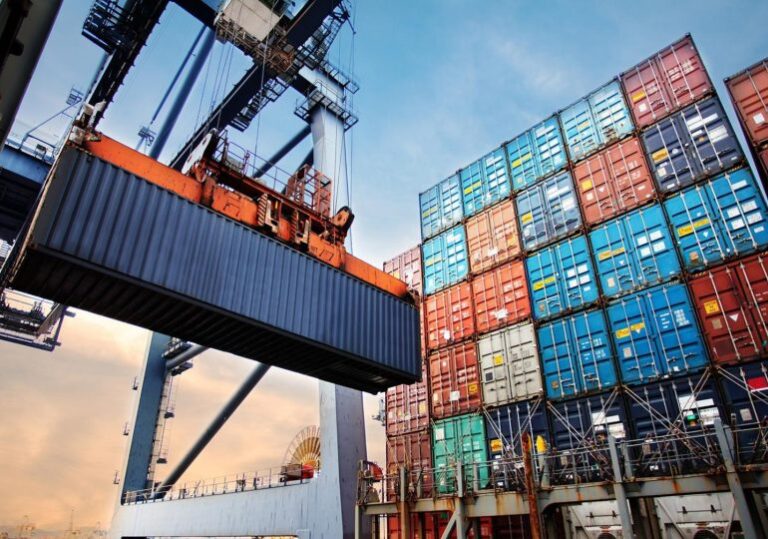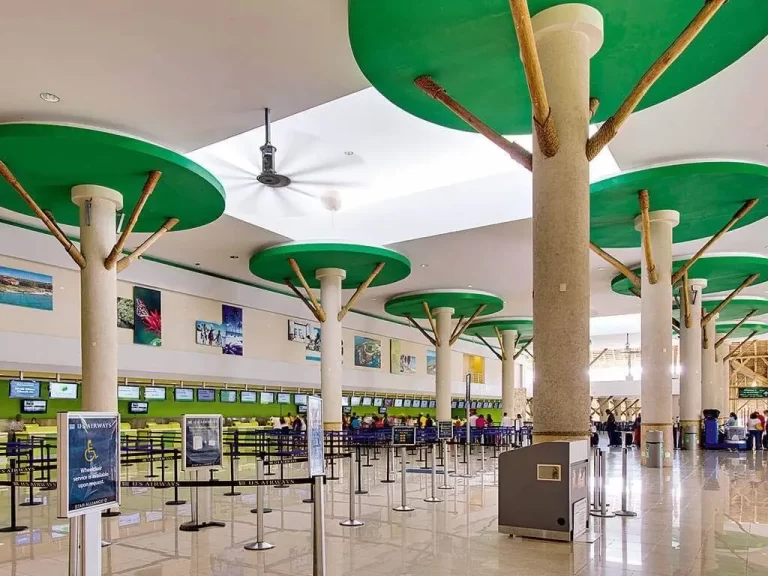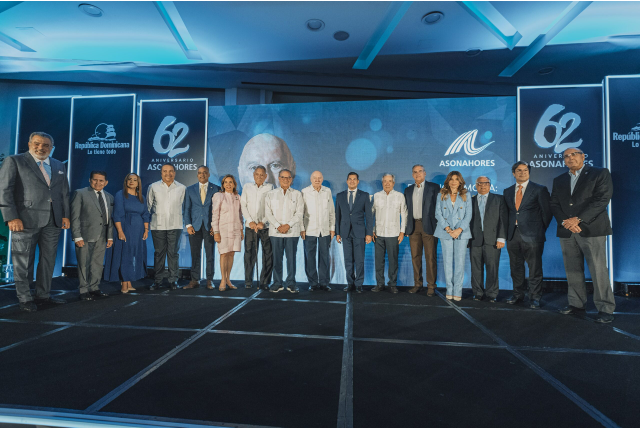
- The country explores emerging markets in the region
- Coconut potential as an exportable product highlighted
Photo: Roselyn Amaro and Karel Castillo, executive vice president and president of Adoexpo, spoke about the performance of exports this year
The Dominican Association of Exporters (Adoexpo) highlighted the sustained growth of the country’s exports, anticipating a positive closing for 2024. According to official figures, between January and November of this year, exports reached 11,888.90 million dollars, representing an increase of 7.78% compared to the same period in 2023.
Karel Castillo, president of Adoexpo, stressed that 2024 will exceed the 12,035 million dollars recorded last year, and so becoming an historic year for Dominican exports.
During an interview with Diario Libre, Castillo attributed this growth mainly to the performance of free zones and national products, including medical equipment, tobacco, gold and cocoa.
“The products of the free zone sector have increased and so have national products, but more so free zones. I can tell you that they have increased a lot regarding medical equipment, tobacco and while the domestic production is gold. The price of gold has also increased and that is something significant in terms of mining,” said the executive.
Cocoa has also stood out, reaching record prices that have encouraged planting. Castillo pointed out that the ton of cocoa has exceeded 10,000 dollars, which has motivated many producers to invest in this crop.
He pointed out that the agricultural sector presents opportunities for expansion, particularly in areas such as tobacco, cocoa and coconut products, which have gained interest in international markets.
- 502.4 million dollars in domestic exports to Haiti in 2024
Emerging markets
For her part, Roselyn Amaro Bergés, executive vice president of Adoexpo, emphasized the potential to diversify Dominican exports focusing on emerging markets in Asia, Africa and Latin America. However, she cautioned that logistics remain a challenge, especially in the Caribbean, due to the limited frequency of maritime transport.
“There is always an interest in continuing to identify new markets and new products. Coconut is diversifying a lot, it is a new product that we produce that has a lot of potential,” said Amaro Bergés.
Demand for coconut
She pointed out that coconut, in particular, is diversifying enormously. It is a product with great potential that is being industrialized in different ways: water, paste, oil, and desiccated coconut, among other derivatives.
Both executives agreed on the importance of implementing incentives that strengthen the competitiveness of the export sector, following the example of countries such as Costa Rica, Guatemala and Ecuador.
They pointed out that support for small and medium-sized enterprises (SMEs), which represent 70% of exporters, is key to continuing innovating and diversifying the exportable supply.
She specified that “we must prepare” to be more competitive and offer quality products.
Challenges for the sector
The Dominican export sector faces several challenges, including transportation costs: high freight prices remain a challenge. Comparatively, shipping a container from Ecuador to Miami is cheaper than from the Dominican Republic due, supposedly, to the volume of cargo and the size of the ships.
“They say that the ships that go to Ecuador are larger, and the capacities are greater than the ships that leave here and since they carry more containers the cost is cheaper. That is the excuse, it shouldn’t be like that,” said the president of Adoexpo, Karel Castillo.
He added that the cost of freight to Puerto Rico and Central America is also high.
There are solutions such as availing of empty containers, where an exporter can verify with the shipping company which has that empty container and then offer a cheaper rate.
Despite the challenges, the Dominican Republic has advantages such as its strategic location and political stability, which must be taken advantage of to position itself as a logistics hub in the region.
Semiconductor
The interest of foreign companies in the Dominican Republic is growing. Some multinationals, including Japanese companies, have shown interest in setting up in the country. Steps are also being taken to promote the semiconductor industry, including personnel training.
On the subject, the executive vice president of Adoexpo said that the Dominican Republic is one of the first countries to promote and support the issue of semiconductors so that they are established as a free zone regime in the Dominican Republic.
“It’s not short-term issue, it’s long-term. It is not going to be tomorrow, but we have to start somewhere, and that first step would be training,” said Amaro Bergés.
Reportedly, the Government plans to initially train around 5,000 people.
Labelling in Creole
The requirement to label products in Creole was an abrupt measure, but according to the Dominican Association of Exporters (Adoexpo), companies are adapting thanks to the extended deadline. This implies additional costs, but it is expected to meet the requirements without major inconveniences.
Although Haiti has historically been an important trading partner for the Dominican Republic, its political instability has reduced formal exports. However, informal trade at the border is still active, with products such as cement, rebar and eggs.
Data from the General Directorate of Customs (DGA) details that, formally, national exports to Haiti reached 502.46 million dollars in 2024.
Adoexpo indicated that to mitigate Haiti’s dependence, new markets have been explored and export diversification has been strengthened. This process includes participation in trade fairs, trade missions and meetings. Currently, countries such as Cuba, Guyana, and Trinidad and Tobago are gaining relevance as potential destinations.
Roselyn Amaro Bergés believes it is important to identify the specific needs of these markets in order to position Dominican products effectively.
She also said that in the Dominican Republic we have a wide range of resources in sectors such as industry, agribusiness and mining, which allows us to offer solutions adapted to international demands.
Source:





